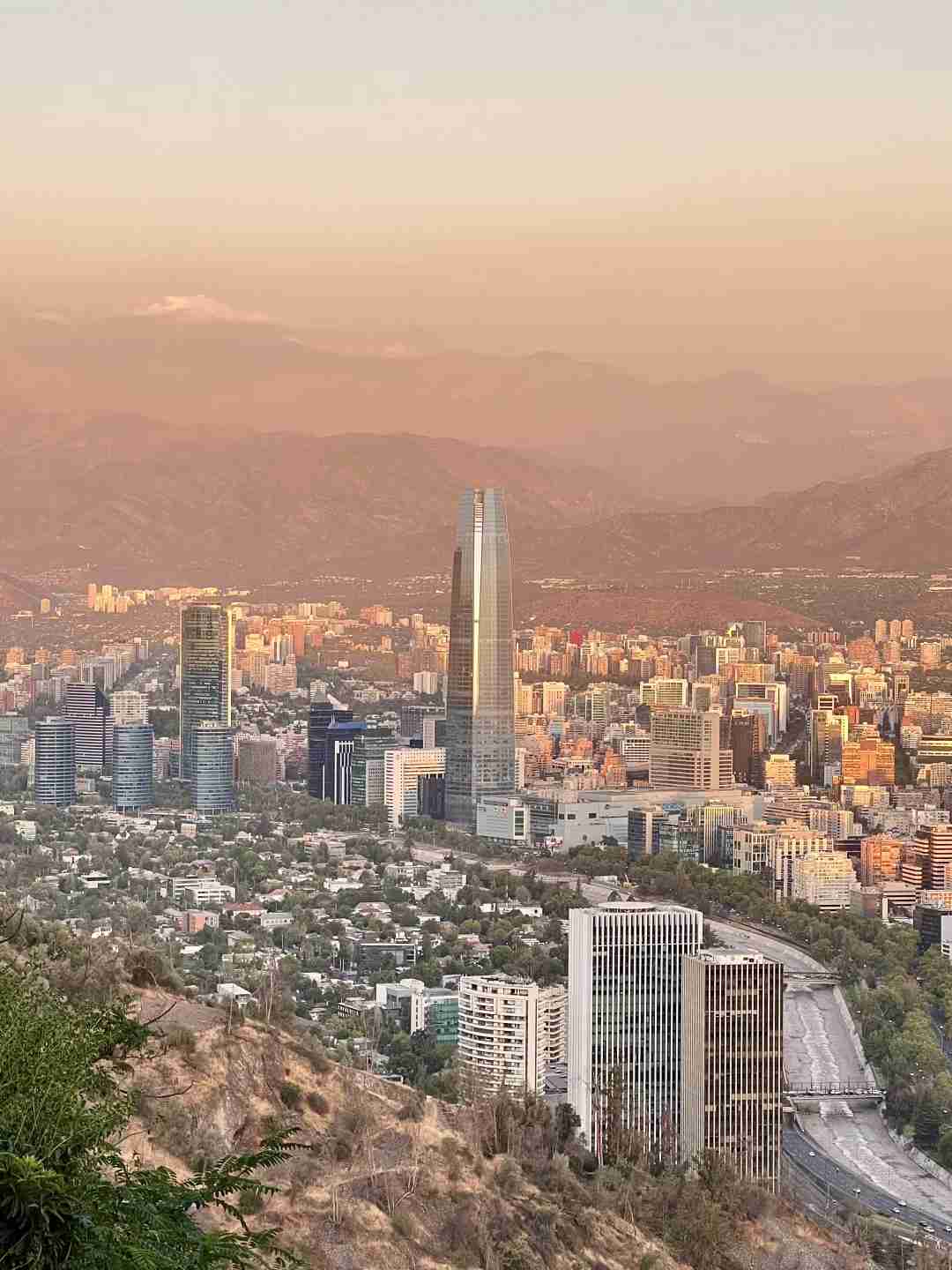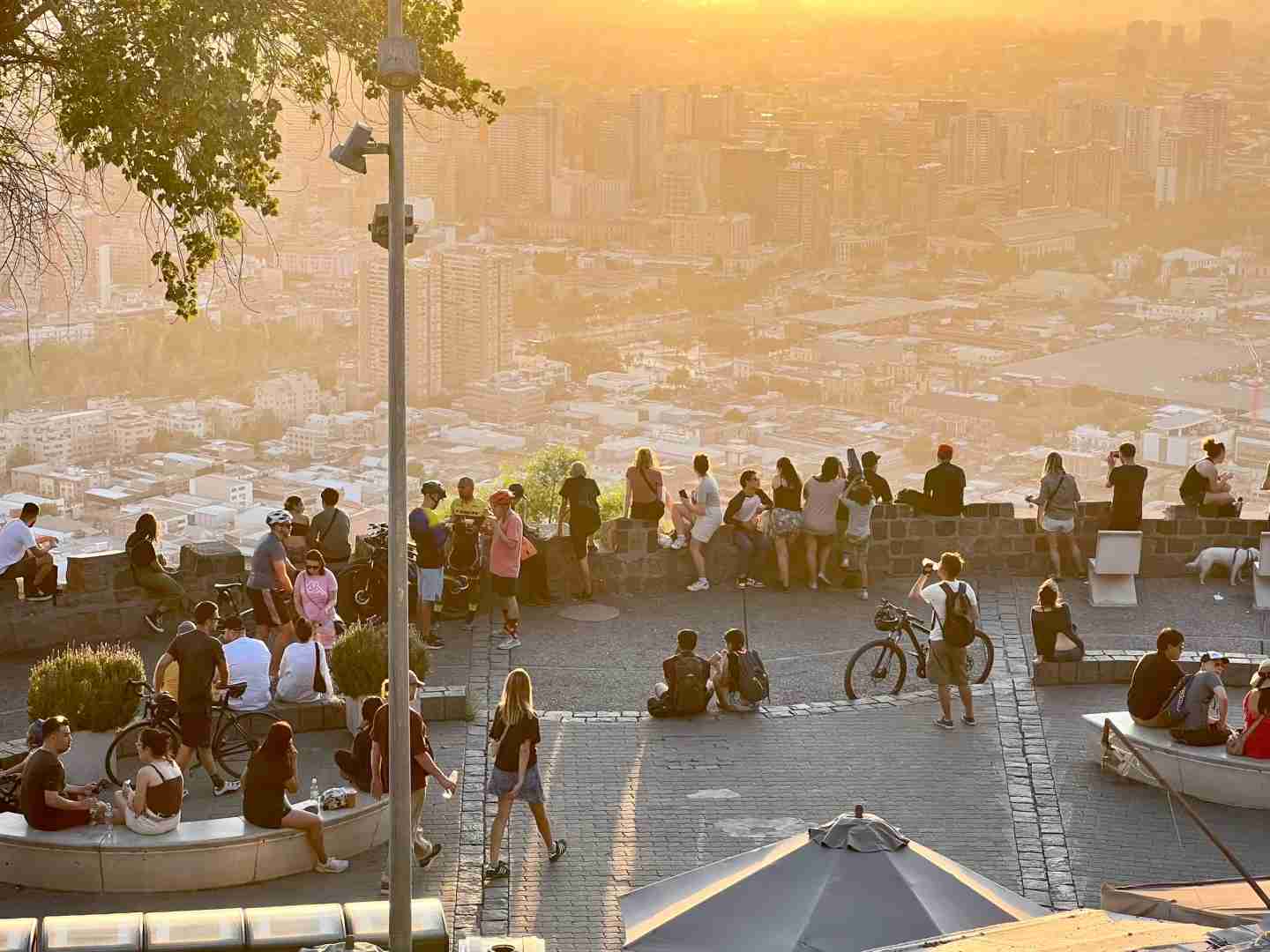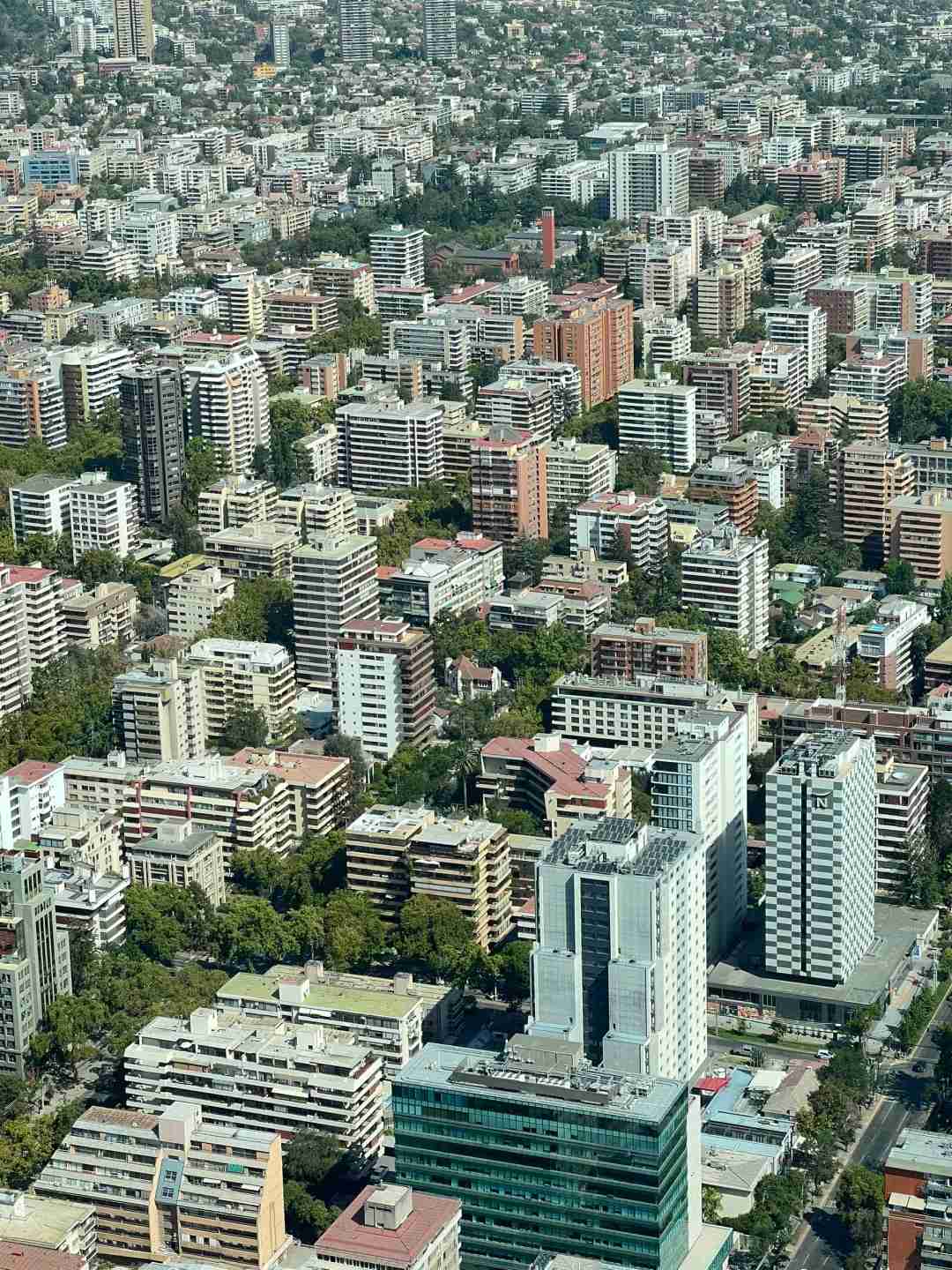How to Explore Santiago’s Hidden Gems on a Budget in Spring
I was on a bus, winding through the majestic Andes, traveling from Argentina to Chile. The rich, lingering aftertaste of Mendoza’s red wine still danced on my palate, and with a bittersweet mix of reluctance and anticipation, I embarked on my westward journey to Chile.
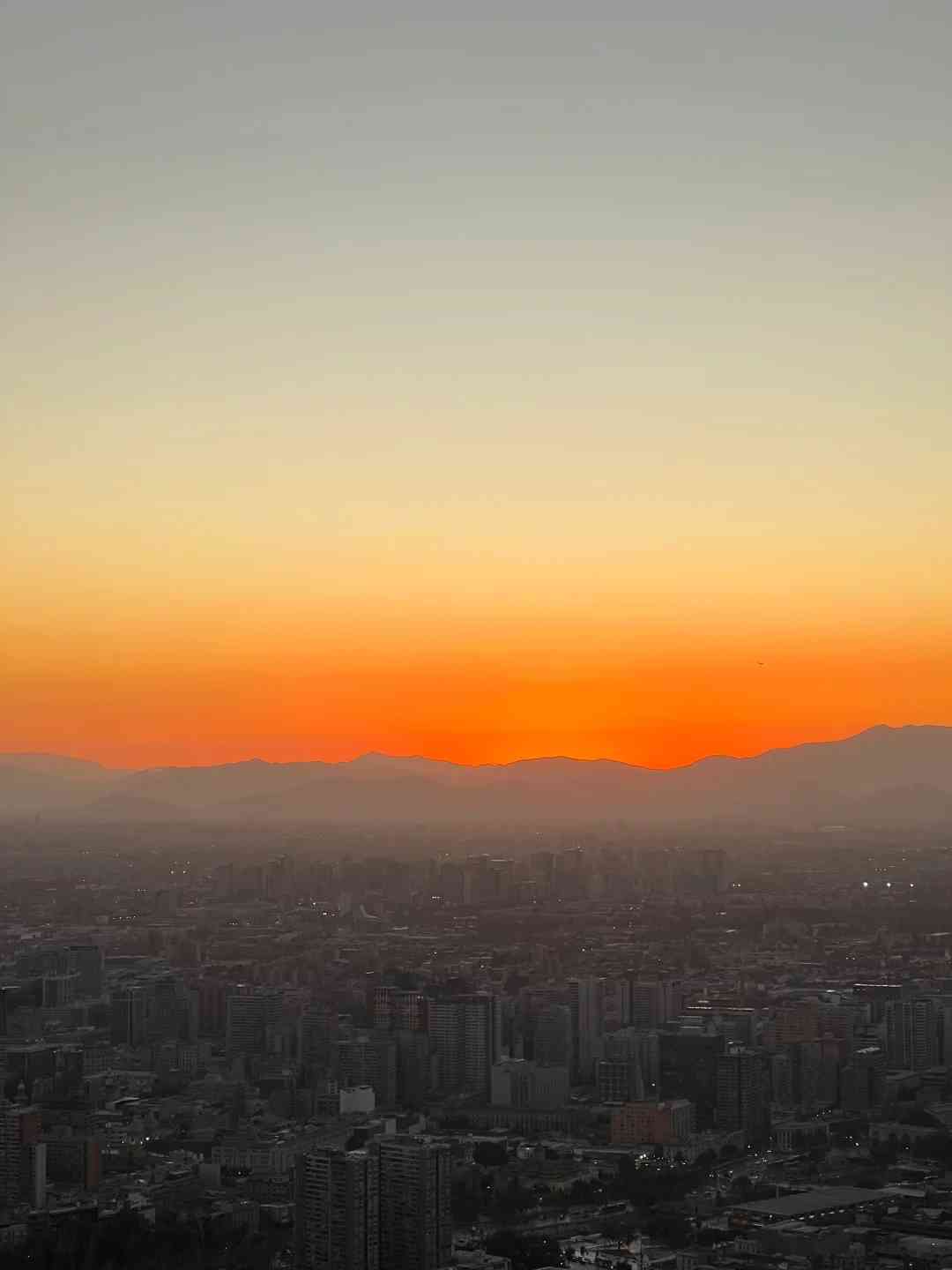
I had envisioned a trip filled with breathtaking splendor, but reality painted a different picture. Crossing the Andes felt like stepping into another world, one where everything was etched in rough, dusty strokes, as if nature itself had sketched the landscape with a charcoal pencil.
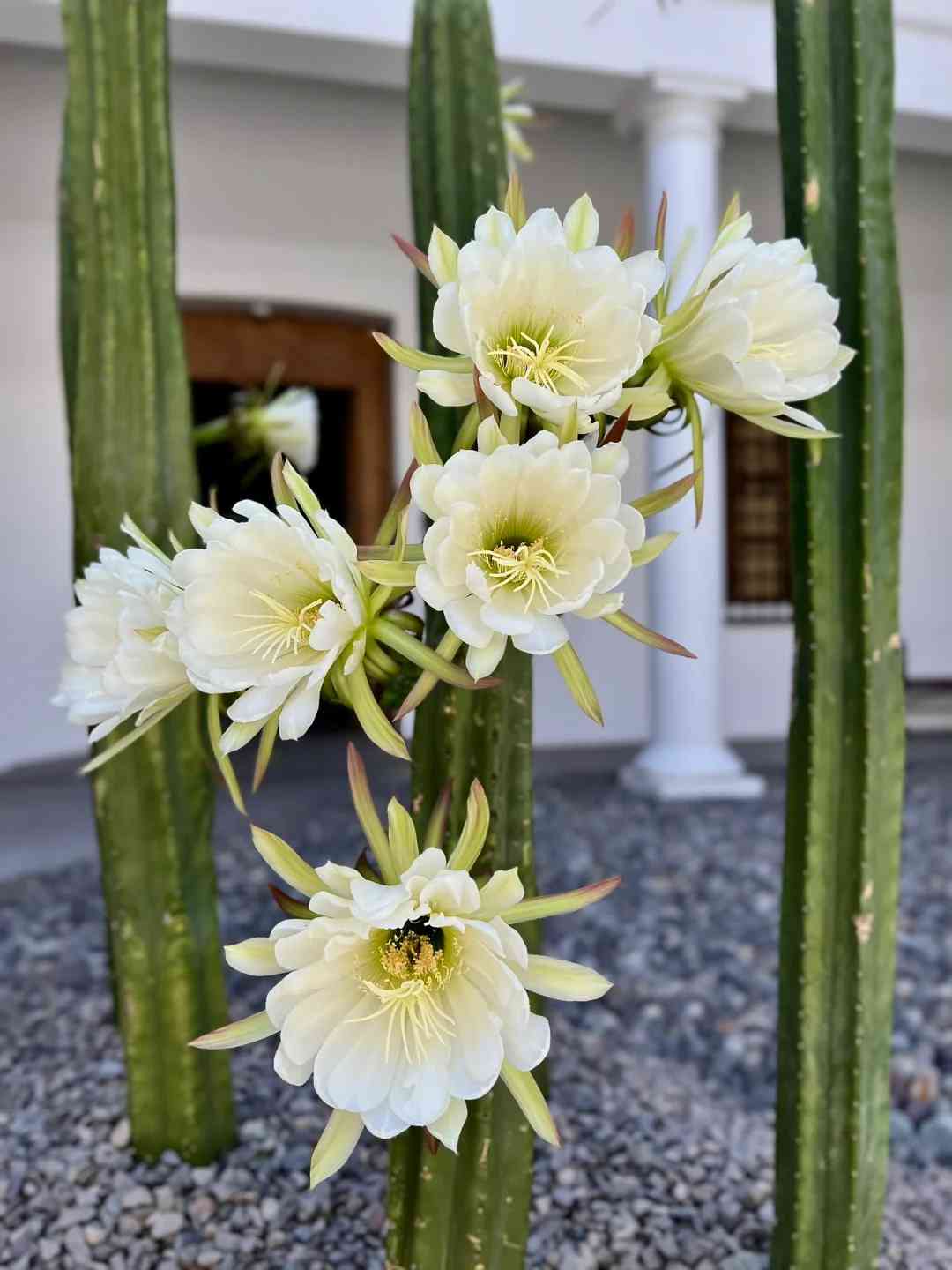
After a journey that left me coated in a fine layer of dust, I suddenly found myself in a sea of concrete, enveloped by waves of heat. It was January, summertime in Santiago, a city that, despite being in its rainy season, remains dry and rainless all year round, much like the arid city of Lima. The hazy, uniform look in the pictures is not due to a filter; it’s the shimmering particles of dust dancing in the sunlight, casting a golden glow over the urban expanse.
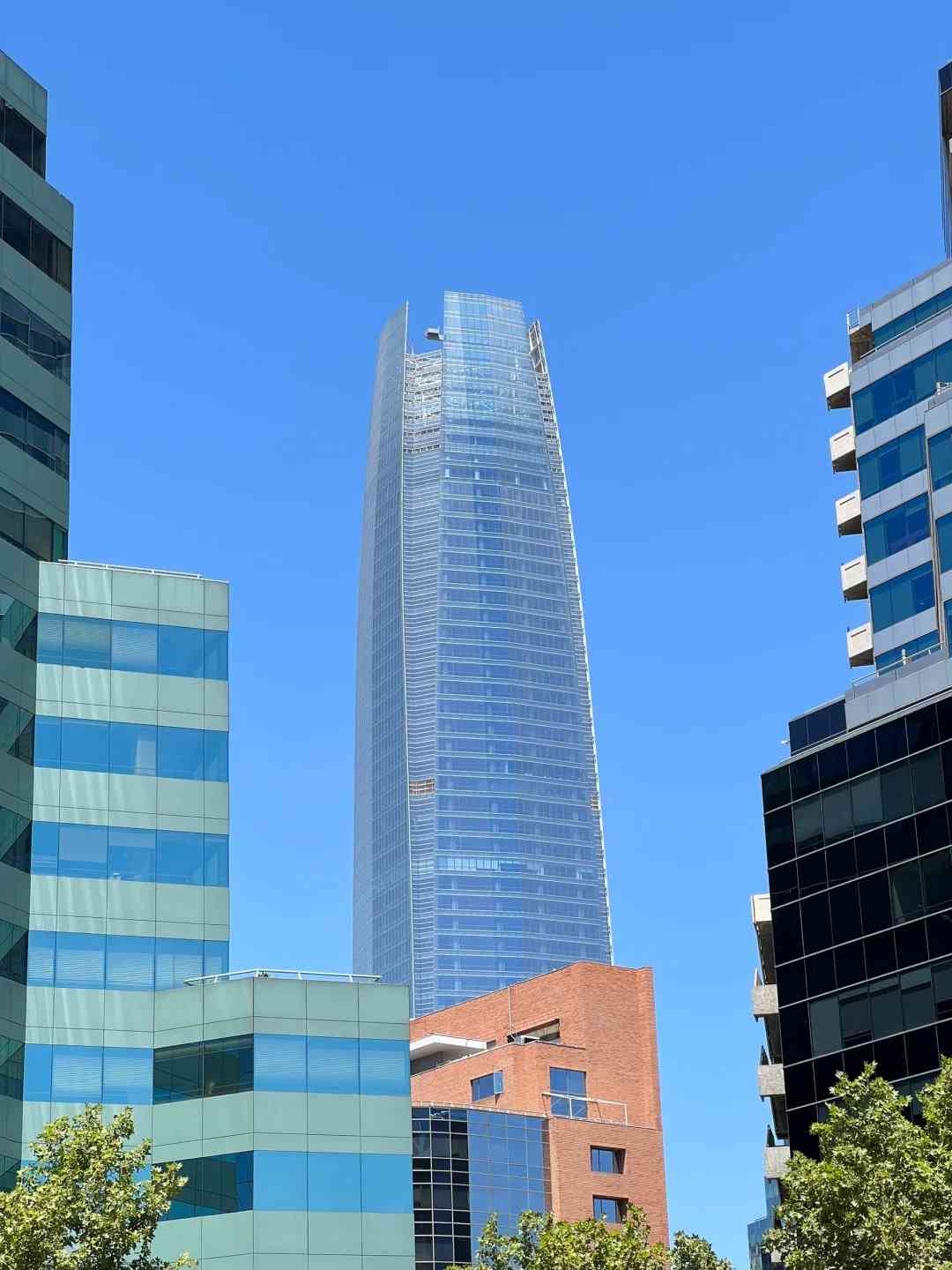
“You can say I’m not gentle, but you can’t say I’m not passionate.” They often describe Chile as a culinary desert, and indeed, its cuisine is as straightforward and unpretentious as the vast, solitary deserts that stretch across the land. Eggs, beef, and potatoes are staples, and a hearty platter paired with a cold beer is all you need. Often, the best ingredients require only the simplest cooking methods to shine, allowing their natural flavors to take center stage.

I spent half a day exploring the charming old town, wandering through narrow, cobblestone streets lined with historic buildings. I also climbed two mountains, each offering a unique perspective of the city below, with panoramic views that stretched as far as the eye could see.

